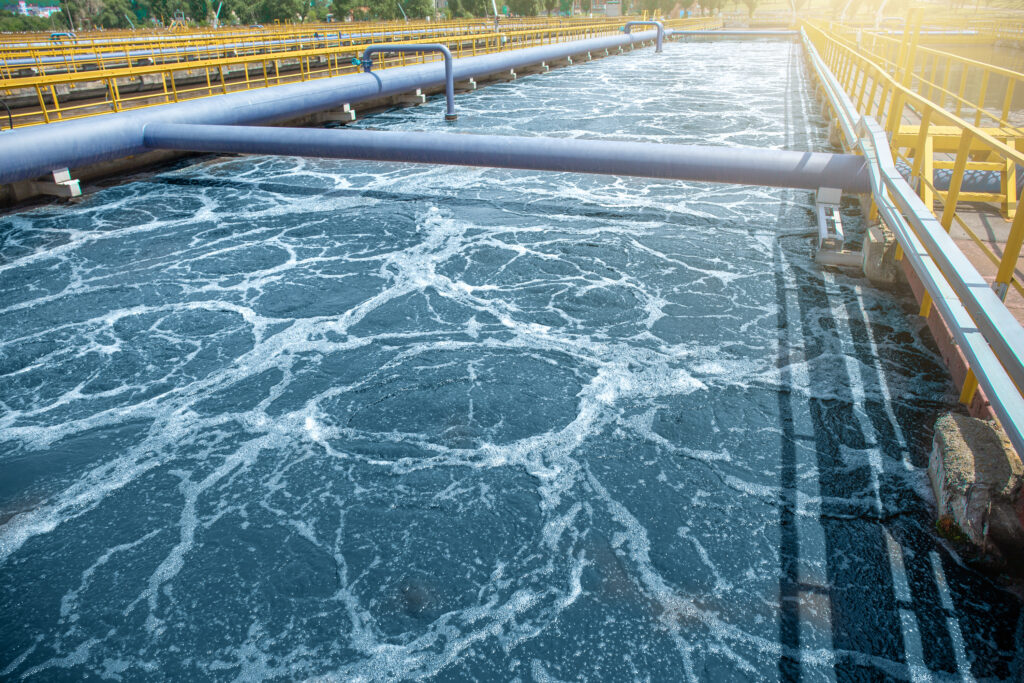Per- and polyfluoroalkyl substances (PFAS), a group of synthetic chemicals, have stealthily infiltrated our environment, making their way into the oceans and subsequently into the seafood we consume. As we savor the flavors of the ocean, the hidden threat of PFAS contamination in seafood poses potential health risks that demand our attention.

Transition to the Presence of PFAS in Seafood
Amidst the vast expanse of our oceans, PFAS have become pervasive pollutants. These chemicals, known for their water and grease-resistant properties, are used in various industrial applications, including firefighting foams, non-stick cookware, and water-resistant textiles. The alarming reality is that these substances do not break down easily, leading to their accumulation in water bodies and, subsequently, in seafood.
PFAS in Seafood
Transitioning from the contaminated environment to our plates, PFAS make their way into the bodies of aquatic organisms. Fish, shellfish, and other marine life absorb these chemicals through the water they inhabit and the food they consume. Consequently, the seafood we indulge in becomes a potential carrier of PFAS contamination.
Potential Health Impacts
Consuming PFAS-contaminated seafood can have detrimental effects on human health. These persistent chemicals have been linked to a range of health issues, including liver damage, immune system disruption, and developmental problems. As we relish the taste of our favorite seafood dishes, we may unknowingly be exposing ourselves to the hazardous consequences of PFAS consumption.
Transition to the Accumulation in the Human Body
Transitioning from the potential health impacts, it’s crucial to understand how PFAS accumulate in the human body. Once ingested, these chemicals tend to linger, building up over time. The longer the exposure, the greater the risk of adverse health effects. It’s not just a matter of one meal; rather, it’s the cumulative impact of repeated consumption that raises concerns.
Regulatory Measures and Consumer Awareness
To address the growing concern of PFAS in seafood, regulatory bodies are implementing measures to monitor and control the levels of these chemicals. However, consumer awareness is equally vital. Knowing the potential risks and making informed choices about the seafood we consume empowers individuals to safeguard their health.
In the vast expanse of the ocean, a silent threat lurks within the seafood we so delightfully savor. PFAS contamination poses a real and present danger to our health, demanding our attention and proactive measures. As consumers, understanding the potential impacts of PFAS in seafood is the first step toward making informed choices that protect not only our palates but also our well-being. The battle against PFAS in seafood is an ongoing one, and it’s time to face this hidden adversary head-on.




